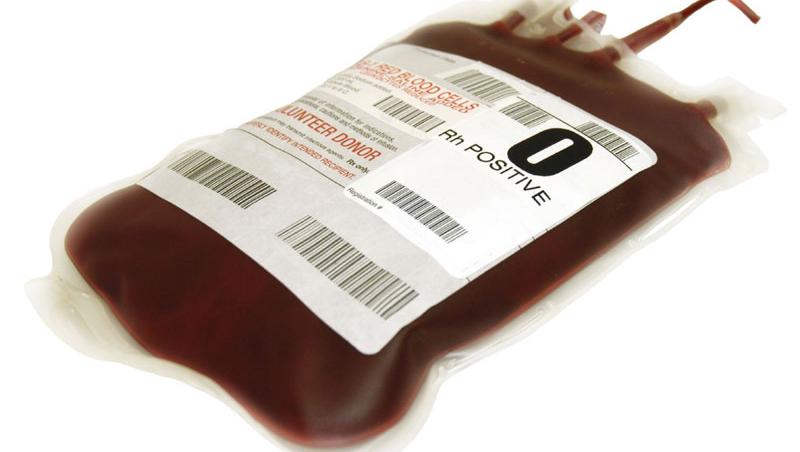The National Blood Services of Zimbabwe (NBSZ) has defended the high cost of blood amidst public criticism, particularly as Zimbabweans on social media debate prices that can reach up to US$1,000 per pint at some private institutions.
The country’s blood bank insists that it provides blood to public hospitals free of charge, with the government covering the cost.
Responding to questions from ZimLive, the NBSZ claimed that it makes a profit of just US$5 for every pint of blood sold, with its current price capped at US$250. It said:
We operate on a cost recovery basis, meaning that we recover exactly what it costs us to collect, process and distribute the blood.
That entire chain is made up of activities whose cumulative cost is currently US$245, thus we charge US$250 to cater for normal process losses.
Social activist Freeman Chari, writing on X, argued that a pint of blood should not cost more than $100. He said:
As a person with a bit of knowledge on how blood banks work, the most expensive thing is the pack, which averages about $40-$50 if bought in bulk.
The screening and separation process doesn’t cost more than $20. If you add labour, collection and storage costs of $20 per pint maximum cost would be $90.
The total cost of processing blood if done efficiently is below $100. In fact Lucy Marowa, the current CEO of NBSZ said in 2019 it was $120. Why would they add a 100 percent markup for a national service?
Zimbabwe needs only 100,000 units per year. Which is just $10 million. A government for the people can subsidise that. That’s what governments do.
Vicky Maponga, a spokesperson for NBSZ, asserted that they make only a small profit from blood sales, which is essential to keep the service running. She explained:
While blood is generously donated by individuals, it’s important to note that once blood is donated it does not go directly and immediately for transfusion. Ensuring its safety and availability for transfusion requires significant resources.
When we receive blood from donors we can only quantify it after all the necessary tests to make it safe for transfusion.
Blood undergoes rigorous testing, component separation, storage and then distribution. All these processes are supposed to adhere to international standards.
The value chain involved in getting it from vein to vein is what costs money.
Since 2018, the government committed to providing free blood to all patients in public hospitals, so blood products are free in all public health institutions because the government meets the full cost by paying NBSZ directly for each unit utilised.
For private patients, the cost remains the same ($250), but the cost is borne by the individual.
More: ZimLive



Back to top